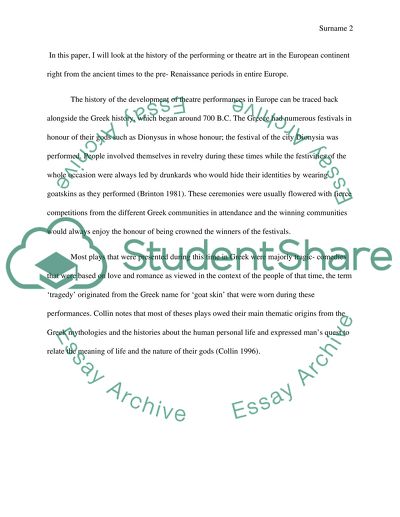Cite this document
(“History of the European Theatre Art Research Paper”, n.d.)
History of the European Theatre Art Research Paper. Retrieved from https://studentshare.org/visual-arts-film-studies/1461534-history-of-the-european-theatre-art
History of the European Theatre Art Research Paper. Retrieved from https://studentshare.org/visual-arts-film-studies/1461534-history-of-the-european-theatre-art
(History of the European Theatre Art Research Paper)
History of the European Theatre Art Research Paper. https://studentshare.org/visual-arts-film-studies/1461534-history-of-the-european-theatre-art.
History of the European Theatre Art Research Paper. https://studentshare.org/visual-arts-film-studies/1461534-history-of-the-european-theatre-art.
“History of the European Theatre Art Research Paper”, n.d. https://studentshare.org/visual-arts-film-studies/1461534-history-of-the-european-theatre-art.


